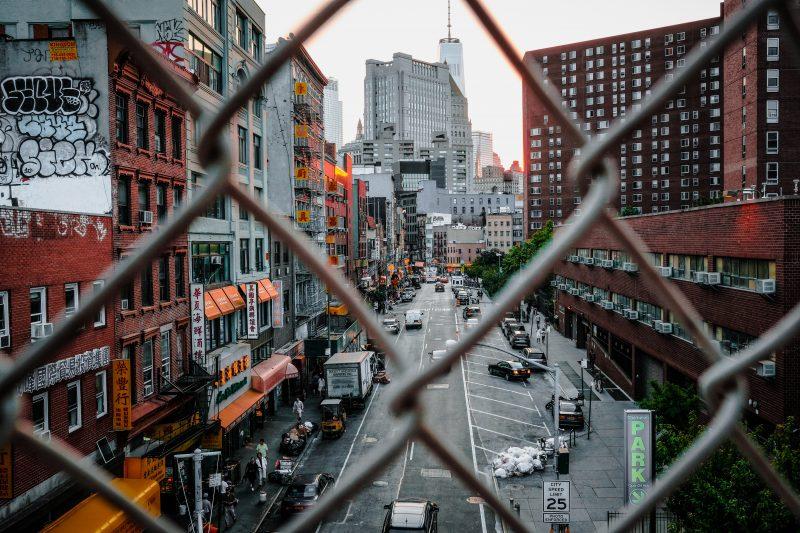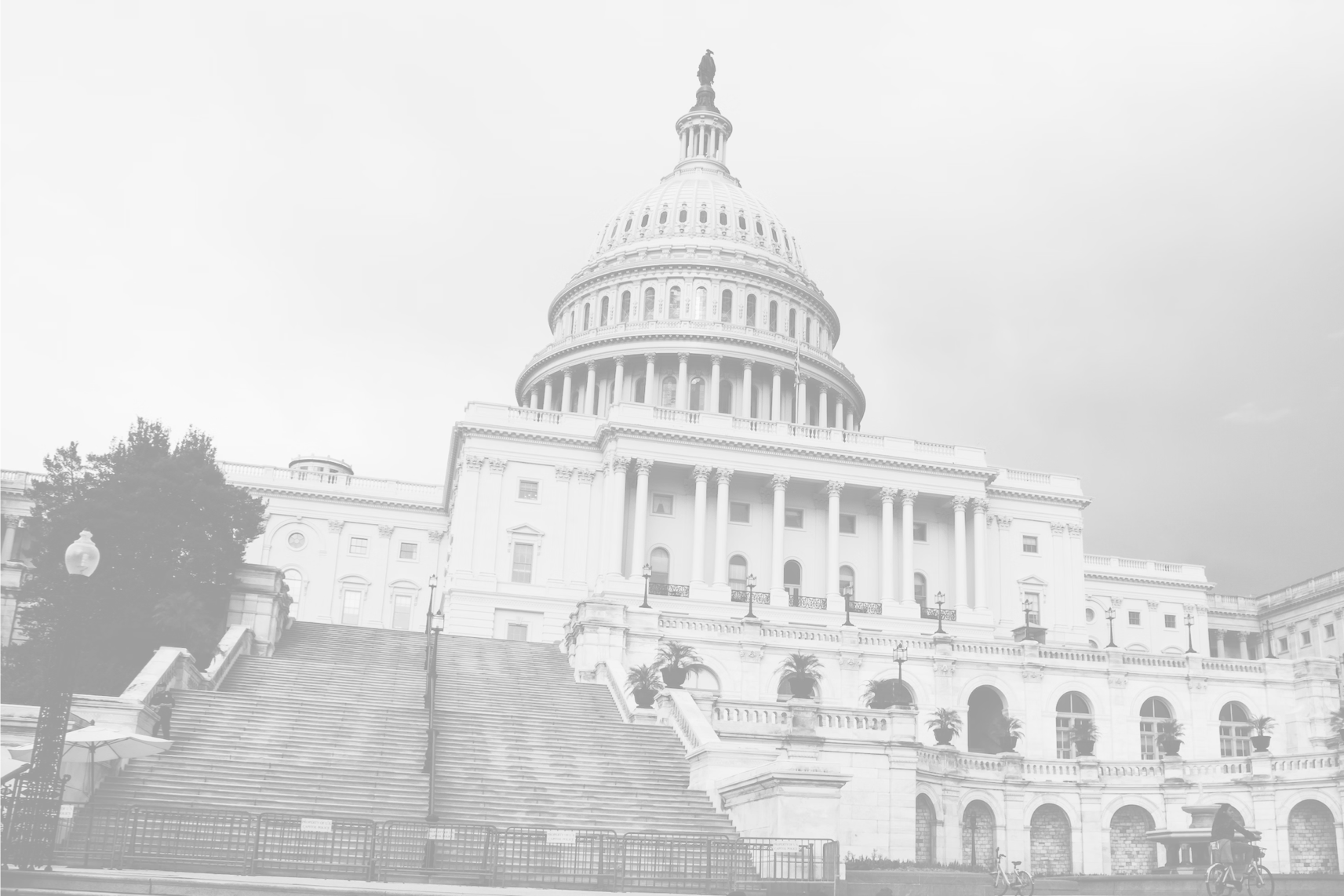Contact a 9/11 Lawyer Today to Discuss Your Legal Rights and Options
As we frequently note, the terrorist attacks of 9/11 had broad and far-reaching impacts, even on individuals who were not directly involved. The collapse of the twin towers of the World Trade Center caused several other buildings in the area to collapse, which created a 16-acre area now known as “Ground Zero.” The collapse of these buildings, in turn, sent up a plume of toxic dust and smoke that eventually settled across all of Lower Manhattan and parts of Brooklyn. This wider area is known as the “exposure zone.”
A recent study published in the International Journal of Environmental Research and Public Health examined the respiratory health outcomes of individuals who lived in this area. Below is a summary of the study’s findings. For more information about 9/11 toxic dust exposure and whether you qualify for compensation, please contact a 9/11 lawyer.
Over 6,000 Lower Manhattan Residents Participated in the Study
In total, the study examined 6,447 residents of Lower Manhattan who were enrolled in the World Trade Center Health Registry (WTCHR), which monitors the health outcomes of individuals exposed to 9/11 dust through periodic surveys. The median age on 9/11 was 45.1 years, 42% of the respondents had never smoked cigarettes, and 44% reported either “some” or “intense” dust cloud exposure on 9/11. All participants had reported various respiratory ailments on WTCHR surveys, including shortness of breath, wheezing, chronic cough, asthma, and chronic obstructive pulmonary disease (COPD). The study then examined several variables for each of the participants, including their demographic characteristics, the degree to which their residence was exposed to 9/11 debris (e.g., fine dust, heavy dust, broken windows, debris in-home, or damage to home) and the cleaning practices they employed after the attacks (e.g., dusted without water, cleaned with a damp cloth/sponge/mop, used a vacuum, or cleaned ventilation ducts).
What Did the Study Reveal?
As was to be expected, the study generally found that the greater the degree of exposure, the worse the respiratory outcomes were. Among all participants in studied in WTCHR Wave 2 (11/2006-12/2007):
- 8% reported upper respiratory symptoms (URS)
- 1% reported shortness of breath
- 7% reported wheezing
- 9% reported asthma/reactive airways dysfunction syndrome (RADS)
- 8% reported chronic cough
- 4% reported COPD
Among the study’s other significant findings:
- The presence of a heavy coating of dust was associated with shortness of breath, wheezing, and cough
- The presence of debris was associated with chronic cough and upper respiratory symptoms.
- Cleaning without water was associated with the largest number of negative respiratory health outcomes
- Residents who suffered home damage following 9/11 were more likely to report respiratory symptoms than those who did not
Contact a 9/11 Lawyer if You Lived in Lower Manhattan on 9/11
As the study demonstrates, residents of Lower Manhattan on 9/11 and in its aftermath are at a high risk of suffering numerous respiratory ailments. If you lived in Lower Manhattan on 9/11 and were exposed to toxic dust, you may be entitled to compensation. For more information about your eligibility, please contact a 9/11 lawyer at Pitta & Baione by using our online contact form or by calling us at 844-982-2667.



